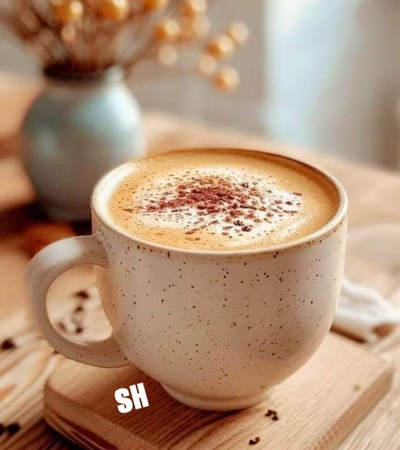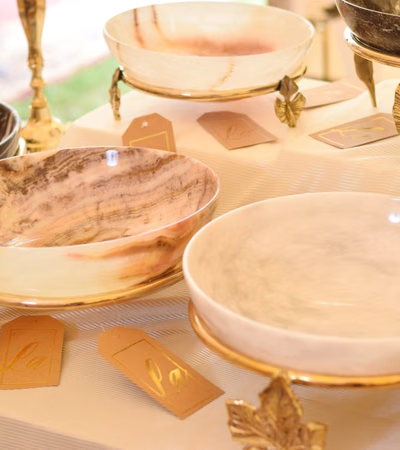Introduction
Pakistan's art and craft market is a vibrant and culturally rich sector that showcases the country's heritage and craftsmanship. From intricate handmade jewelry and folk costumes to exquisite carpets and antique furniture, this market holds immense potential for local artisans and international buyers alike. Leveraging platforms like Aritral.com, businesses can elevate their visibility and connect with global markets, transforming local entrepreneurs into successful exporters.
Aritral.com is a cutting-edge B2B platform that simplifies global trade with features such as AI-powered international marketing, direct communication tools, and tailored business profile management. For art and craft businesses in Pakistan, Aritral provides unparalleled support to showcase products like handmade bags, decorative arts, and sculptures to buyers worldwide, breaking language barriers and enabling seamless transactions.
Trade Statistics Analysis
Export Performance
Pakistan's export performance in the art and craft-related categories, such as textiles and clothing, footwear, and miscellaneous goods, has shown consistent growth over the years. In 2022, the export value of miscellaneous goods reached $1,057,374.77 thousand, marking a 17.99% increase from 2021 ($896,048.37 thousand). Similarly, the export value of footwear rose significantly from $145,960.13 thousand in 2021 to $187,248.96 thousand in 2022, indicating a growing demand for Pakistani handmade shoes and bags.
Textiles and clothing, a major contributor to Pakistan's art and craft exports, recorded an impressive $18,612,628.57 thousand in 2022, up from $17,457,071.29 thousand in 2021. This upward trend highlights the global appreciation for Pakistan's craftsmanship, particularly in handmade carpets and decorative textiles.
Import Dynamics
On the import side, Pakistan's miscellaneous goods saw a slight increase in value, reaching $1,208,434.72 thousand in 2022, compared to $1,197,610.09 thousand in 2021. This stability suggests a balanced trade flow in the art and craft sector. Footwear imports, however, decreased from $55,746.29 thousand in 2021 to $46,139.11 thousand in 2022, potentially reflecting a growing reliance on local production.
Economic Indicators and Market Stability
Economic data indicates a mixed outlook for Pakistan's art and craft market. GDP growth, measured at 2.84% in 2022, reflects a slowdown compared to the previous year's 5.12%. Inflation rates, hovering around 24.15% in 2022, have impacted production costs for artisans and manufacturers. Despite these challenges, the sector remains resilient due to its cultural significance and export potential.
Foreign exchange reserves, recorded at $13,510 million in 2022, provide some stability for trade operations. Additionally, the country's trade deficit narrowed slightly, from $-933,127.63 million in 2021 to $-704,928.71 million in 2022, signaling improved export performance.
Global Market Trends
Globally, the demand for handmade and sustainable products continues to rise. Consumers are increasingly valuing authenticity, craftsmanship, and eco-friendly practices. This trend aligns perfectly with Pakistan's art and craft offerings, such as handmade bags, sculptures, and folk costumes. The rise of e-commerce platforms, coupled with AI-driven marketing tools like those offered by Aritral.com, presents an opportunity for Pakistani artisans to tap into international markets.
Opportunities and Challenges
Opportunities
1. Export Growth: The consistent increase in export values for textiles, footwear, and miscellaneous goods highlights strong international demand for Pakistani crafts.
2. E-Commerce Expansion: Platforms like Aritral.com enable artisans to reach global buyers directly, leveraging AI-powered tools to optimize visibility and sales.
3. Cultural Appeal: Pakistan's rich heritage and craftsmanship are highly valued in global markets, especially for decorative arts, antique furniture, and handmade jewelry.
Challenges
1. Economic Pressures: High inflation and slower GDP growth may impact production costs and pricing competitiveness.
2. Trade Deficit: Although narrowing, the trade deficit requires further attention to balance imports and exports effectively.
3. Infrastructure Needs: Improved logistics and supply chain management are essential to support the growing export volumes.
Future Outlook
The future of Pakistan's art and craft market looks promising, driven by increasing global demand and technological advancements. With platforms like Aritral.com, local artisans can overcome traditional barriers and establish themselves as key players in the international market. By focusing on sustainable practices and leveraging AI-powered marketing tools, businesses can enhance their competitiveness and expand their reach.
Conclusion
Pakistan's art and craft market is a treasure trove of opportunities for entrepreneurs and exporters. By utilizing innovative platforms like Aritral.com, businesses can showcase their unique offerings, such as handmade jewelry, carpets, and folk costumes, to a global audience. With the right strategies and support, this sector has the potential to become a cornerstone of Pakistan's export economy.
Explore Aritral.com's services, including product listing and AI-supported seller growth, to elevate your art and craft business to new heights. Let Aritral transform your local enterprise into a global success story.
-
 Ayaz 12 months ago
Ayaz 12 months ago Pakistan
Antiques
Pakistan
Antiques
Art, craft, collectible, and antiquesDetails
-
 La Home Store 13 months ago
La Home Store 13 months ago Pakistan
Brass Aluminum Marble Handicraft
Pakistan
Brass Aluminum Marble Handicraft
In the realm of fine dining and home decor, few materials exude the timeless elegance and luxury that brass, marble, and silver metal bring to the tab...Details



